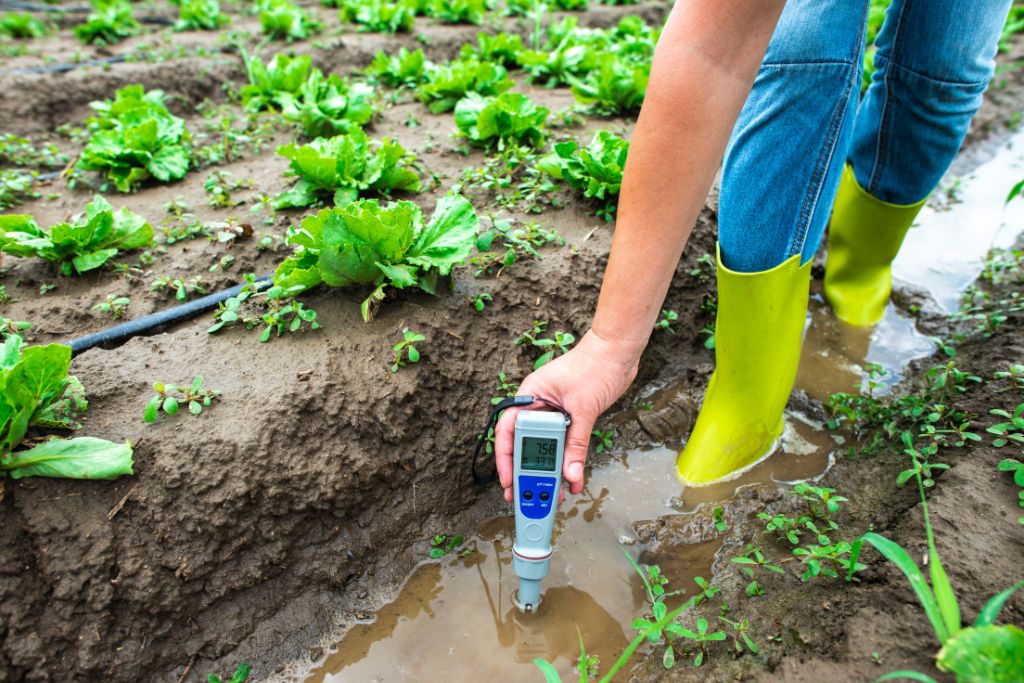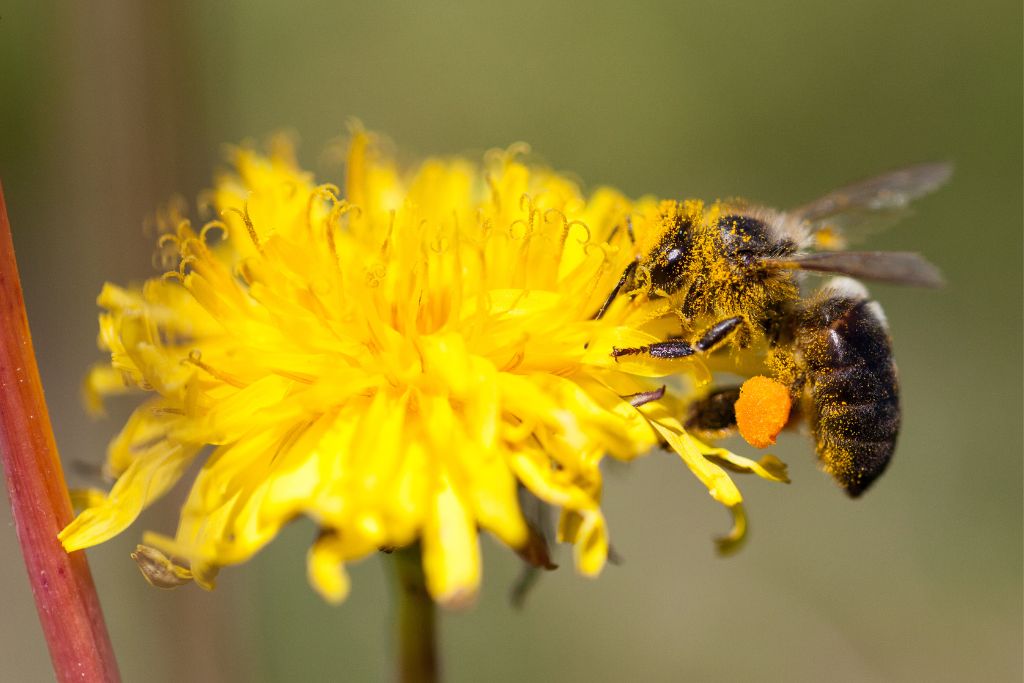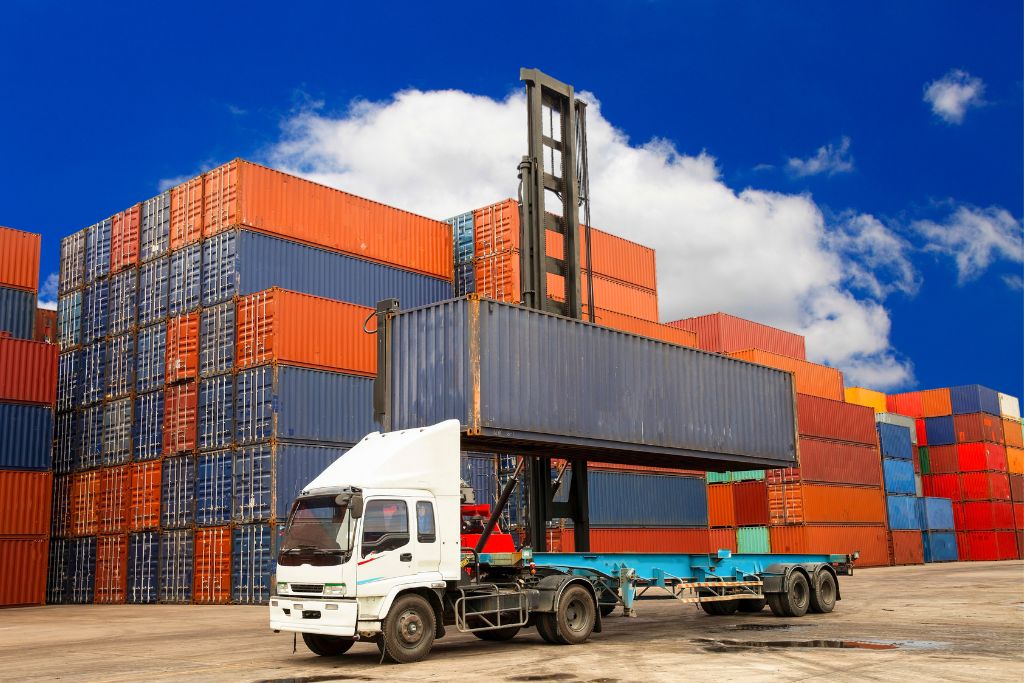A lot of people wonder how to plant different types of trees. There are many factors that contribute to growing the perfect tree. There are a few things that you will need to do in order to plant different types of trees. First, you will need to find the right type of soil for your tree. There are a variety of soils that are perfect for different types of trees. You can find a list of soil types here. Next, you will need to make sure that your tree is watered properly. Make sure to water your tree enough so that it is evenly watered throughout the day and night. Finally, be sure to put some fertilizer into the soil around your tree in order to give it the necessary nutrients. such as soil acidity, self-pollination, and containerization.
Classification of trees
When planting a tree, it is important to know its scientific name. The scientific name is a combination of a genus and a species. This naming system is used worldwide and allows botanists and foresters to recognize different trees from their respective regions.
A tree is classified into two main categories: deciduous or coniferous. There are also many other subclasses. The classification system has been modified over the years. It has changed as knowledge has grown.
There are also various techniques used for classifying trees. These include leaf shape, spectral characteristics, and biochemical features. Many of these features are commonly found in trees, but they are not always applicable.

One of the newest techniques to make the grade is the use of hyperspectral data. Combining airborne LiDAR and hyperspectral data can produce higher mapping accuracy. Some examples of new techniques used in recent years include DNA analysis, chromosome numbers, and nucleic acid sequences.
Trees are not as difficult to identify as you might think. Most species have similar observable characteristics. Some common features of trees include leaves, branches, bark, and roots.
Soil acidity
Soil acidity is a major concern for many landowners. It affects the availability of basic nutrients, the efficiency of soil-applied herbicides, the microbial activity of the soil, and fungal pathogens.
The acidity of the soil is measured by pH. This scale ranges from 0 to 14 based on the presence of hydrogen ions. A pH value of 5.5 is considered an ideal value for the optimal balance of major nutrients.
There are some trees that can thrive in acidic soil. One such tree is sweet gum. It is native to Central and Eastern North America. These trees have five-pointed, glossy green leaves. They also have beautiful autumn colors.

Another type of tree is the crab apple. This plant originated in Europe and has pinkish-white flowers in the spring.
Many pines can make the soil around them more acidic. However, many species of pine are not concerned with this.
When planting a tree, it is essential to consider the location and climate. You may also want to consult a qualified arborist.
Self-pollination
Self-pollination can be found in a number of crops and plants, but only a few can reproduce without a pollinator. These include some flowering crops, such as oats, wheat, and rice, and some fruit trees, such as peaches, apricots, and apples.
Self-pollination is used to produce seeds when pollinators are scarce. In addition, self-pollination helps to maintain stable traits within a species. It is also a less energy-intensive process.
Self-compatible morphs would be favored by natural selection when population size is limited. However, they may lack the genetic variation to cope with changing conditions. They may also be prone to inbreeding depression, caused by deleterious recessive mutations.

A pollinator is an animal or insect that forages inside a flower or between flowers on the same plant. In the case of self-pollination, the pollinator grazes on foreign pollen before collecting the plant’s owner.
In contrast, cross-pollination occurs when pollen from one variety of plant is used to fertilize a seed from another. Cross-pollination allows for the development of genetic variability. This can increase the fecundity of trees in isolated locations.
Container trees
Planting trees in containers is a great way to add color and texture to your home. There are many types of fruit trees that grow well in containers. They can also provide a dramatic vertical focal point.
Before you start planting, it is important to choose the right tree. The size and overall shape of the tree are factors to consider. Several varieties of palms, citrus, and olive trees are popular indoor plants. You can also find dwarf trees that are excellent for growing in containers.

Trees in containers must be planted in a weather-protected location. The soil should be properly drained. It should also retain enough moisture to sustain the tree. Choosing a tree that needs less maintenance can save you money in the long run.
When choosing a container, look for a wide, low-profile pot that will insulate the roots. Clay pots are better than plastic pots because they are more resistant to wind.
